The challenges of specifying glass for windows, what are Low-E coatings?
When it comes to building or renovating a home, choosing windows is about more than just the types of frames, what the frames are made of or how well they seal. It’s about specifying the right sealed glass units, which directly impact the energy efficiency, comfort, and livability of your home.
Optimizing window performance at minimum cost is key - ensuring the windows you choose suit your climate, your home’s orientation, and your specific energy needs. But remember to also choose windows that are in balance with the home’s overall performance.
One area often overlooked is the importance of low-emissivity (low-E) coatings on the glass in windows. While many consumers might associate ENERGY STAR ratings with high-performance windows, it’s important to understand that this certification isn’t a one-size-fits-all solution.
Choosing the right high-performance window specification involves careful consideration of factors like passive solar heat gain and the direction of heat flow, the optimization of which can vary significantly depending on your home’s location and layout.
For example, in a northern climate with medium winter sunshine like British Columbia, Canada, or Washington State and Oregon, winter solar gain through windows on the south side of the home can be significant in reducing heating costs and saving the home from feeling gloomy.
In a cold northern climate with lots of winter sun like Ontario, Colorado or any of the central Northern States, the benefits from getting your south facing windows correctly specified can be even more. But this is only effective if the right type of low-E coating is selected for that specific exposure.
Let me share a personal experience from a colleague’s home. The Strata (or HOA) recently replaced the patio doors on the south-facing side of their home, which has large overhangs from a balcony and wide roof overhangs.
They swapped out the old single-glazed sliders from 1969 with new UPVC double-glazed ENERGY STAR-rated doors, which were compliant with local code. However, the windows were not specified to account for the passive solar gain that they had enjoyed from the old single glazing.
The result? Their heating bills in winter have risen since the new windows were installed, as they now reflect winter heat that used to warm the house, and for no good reason, since the high summer sun does not reach or heat the interior due to the overhangs. And there is no noticeable improvement in the summer.
The biggest casualty is their dog they told me, who used to love basking in the winter sunlight but now curls up on the couch, confused by the lack of any heat from the sun.
This highlights how choosing and specifying windows is not as simple as picking ENERGY STAR-rated products off the shelf. Proper window specification takes time, effort, and a deeper understanding of the home's energy dynamics.
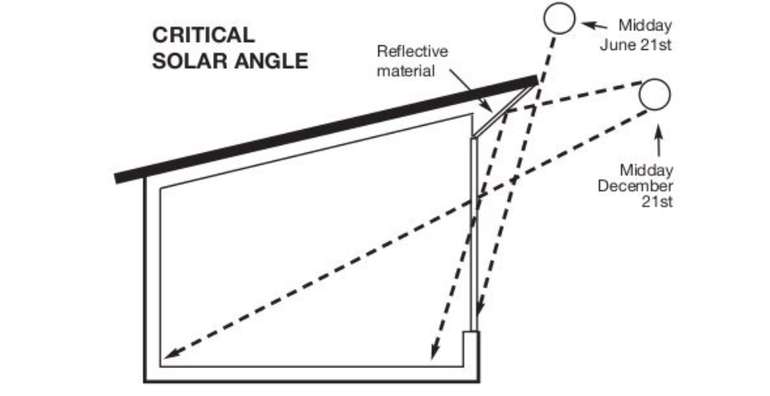
Passive solar window design for maximum heating in winter. © Ecohome
Where can I get help selecting window types and low E films?
Window companies may not always prioritize this, unless you, the customer, ask the right questions and demonstrate an understanding of what’s truly at stake. If they seem exasperated by your questions, it might be time to seek out a true advisor who can guide you through the process, rather than talking to a salesperson who is only looking for an order.
Lastly, it's important to ensure that the window glass units are clearly marked for both the exterior and interior when your windows are being fitted. This is crucial, particularly for homes with significant south-facing glazing and overhangs, where the right low-E coating is essential for ensuring that solar gain is captured in winter and blocked in summer.
Specifying the correct windows for your climate is a delicate balancing act - much like selecting the right type of tires for your vehicle. Whether it’s summer tires for a warm climate, winter tires for a snowy one, or all-season tires for a mixed climate, each choice serves a different purpose and requires a thoughtful approach.
Below we will explore what low-E coatings are, how they differ from traditional glass, and why understanding the full scope of window specifications can make all the difference in your home’s energy performance as well as comfort.
What does low-E mean for glass and windows?
Low-emissivity (low-E) films are a coating applied to windows with microscopic metallic flakes that reflect infrared heat. The films are barely detectable and transparent, allowing visible light to pass through in varying quantities.
Low-E films save energy by the fact that during the winter they can reflect heat back into your home, and in the summer they reflect and block unwanted heat from entering. This can help keep your home interior cooler, and reduce your reliance on air conditioners. Read more here about how to keep homes cool without AC
Additionally, low-E glass blocks a portion of ultraviolet (UV) rays, which helps protect furnishings, flooring, and other interior surfaces from fading as fast as they would with clear windows. When designing a home or home addition for maximum solar gain, it's easy to foget the power of the sun and that at certain times of the year it's very easy for homes to overheat if the windows are over-exposed and under-protected from the sun's radiation.
A colleague of ours in Montreal discovered this to his cost when adding a storey to the roof that had south facing windows - the heat in summer was unbearable, and he had to have after-market solar film added to cut the glare and sun's heat.
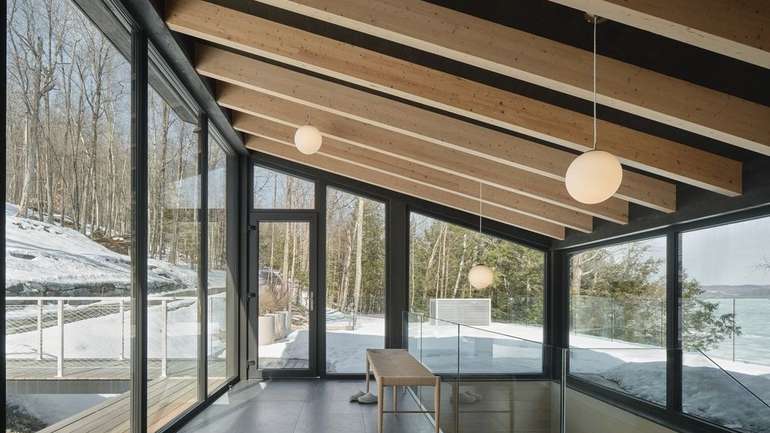
Low-E glass vs. clear glass
Standard clear glass is a traditional option in windows, but it allows a significant amount of heat to transfer in and out of your home. Like so many things in building as well as life in general, it is often tempting to go for the cheaper option up front even knowing full well we have made the more costly option in the long run. Standard glass windows are the usual choice for tract home developers, simply because they are cheaper and therefore more profitable.
Low-E glass, despite being slightly more expensive initially, easily pay for itself through reduced energy consumption over the life of the home, and they also lead to a more comfortable home interior. Read more here about how to design a home for thermal comfort, since there is a lot more at play than just air temperature!
Types of low-E glass
There are two main types of low-E glass, each with its own unique characteristics and applications:
- Hard coat (pyrolytic) low-E glass – This type of low-E glass is produced by applying a low-E coating at a high temperature during the glass manufacturing process. The result is a durable, fused coating that can withstand wear and tear. Hard coat low-E glass is particularly useful in cold climates where passive solar heat gain is desired, as it allows some heat from the sun to enter while still providing insulation.
- Soft coat (sputter coating) low-E glass – This type of low-E glass is manufactured in a vacuum chamber where multiple thin layers of metal or metal oxide are applied to the glass surface. Soft coat low-E glass offers better insulation and higher overall energy efficiency compared to hard coat versions. However, it is more delicate and typically requires placement inside a double- or triple-pane window unit for protection. This type of low-E glass is ideal for homeowners looking for maximum energy savings and insulation.
Which is the best surface for low-E coatings on multi-pane windows?
Which surface you put a low E film on can have a noticeable effect on how well work for you. In a triple-pane window, there are three internal surfaces where a low-E coating can be applied: surface #2 (inside of the outer pane), surface #3 (inside of the middle pane), and surface #5 (inside of the inner pane). The optimal placement of the low-E coating depends on the climate and the home's orientation:
- Cold climates such as Canada and the Northern US states:
- A low-E coating on surface #3 or #5 is ideal to reflect indoor heat back inside, improving its insulating value.
- South-facing windows are better to have a low-E coating with a low solar heat gain coefficient (SHGC) to allow beneficial solar heat gain in winter.
- North-facing windows are better to have high-insulation low-E coatings solely intended to reduce heat loss, as there will be no direct sun and any passive heating benefit.
- Mixed climates such as Midwest U.S., the UK and other moderate European countries:
- A balanced low-E coating on surface #2 and #5 helps optimize both heating and cooling efficiency throughout the year.
- Adjustable shading options can enhance performance by limiting unwanted summer heat gain.
- Hot climates such as the southern U.S. and Australia):
- A low-E coating on surface #2 is ideal to reflect outdoor heat and prevent excess solar gain, reducing cooling costs. There is virtually no time where you will want heat coming in, so focus entirely on reflecting heat back out to reduce cooling costs.
- Low SHGC coatings help block solar radiation without significantly reducing natural light transmission.
By strategically selecting the right low-E coatings, as well as the surface it gets applied to can minimize energy consumption and passively keep your home more comfortable.
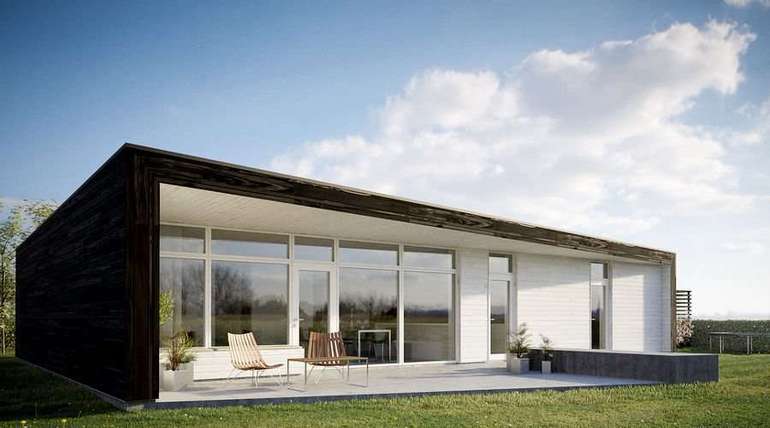
Low-E glass pros and cons
Pros:
- Improves overall energy efficiency with reduced heating and cooling costs
- Minimizes glare while allowing natural light to enter
- Helps regulate indoor temperatures, reducing hot and cold spots
- Offers long-term cost savings through energy conservation
- Provides UV protection to extend the life of furnishings and interior decor
Cons:
- Higher upfront cost compared to standard clear glass
- Can slightly alter the natural tint of the glass, affecting aesthetics
- May create mild visual distortions, particularly in certain lighting conditions
- Can contribute to increased exterior reflections, which may impact neighbors or landscaping
How to know if low-E glass is worth the money?
Having low-E coatings applied to any new window purchase is worth the money, full stop. You pay a bit more now to save a lot more later. Yes, it will cost more on your building budget to have higher performance windows, but if you're putting them into anything like a perfect wall, that little bit extra will mean less on your energy bills for as long as you have those windows.
Making the consicous decision to choose high performance sustainable building products is usually in your financial best interest, but we get that it's sometimes hard to part with the money upfront for unspecified returns in the future.
Low-E coatings on windows are also a critical step towards passive solar heat collection through windows, where it is crucial that windows collect more heat in the day than they lose at night. High-performance south facing windows in a northern hemisphere location can significantly reduce your heating costs when a comprehensive passive heating strategy has been part of the initial design phase. As an example, the LEED V4 Platinum Ecohome Demo house gets half its heat from the sun.
Do after market peel-and-stick reflective window coatings work?
Yes, you can buy DIY reflective window coatings to apply to uncoated windows in an effort to reduce unwanted heat gain or heat loss. You can even apply an additional reflective coating to windows that already have them if you are finding just too much unwanted heat gain and you have no other available method of shading.
What could be a preferrable option to stick on windows films, would be a liquid applied reflective window coating to reduce unwanted heat gain.
Just like factory-installed Low-E coatings, these peel-and-stick window coatings vary in their level of reflectivity, tint, and heat rejection properties. The most reflective versions are highly-effective at reducing summer heat gain but can also significantly reduce the amount of natural light entering the home.
These seem to be most commonly chosen by homeowners who are experiencing too much unwanted heat gain in summer, because summer heat though windows is far more noticeable to our senses than winter heat loss though windows.
A downside of aftermarket reflective membranes on windows is the application process. If you thought getting a screen protector on your cellphone was tricky, you’re not going to love this at all. Getting membranes on without bubbles or wrinkles may on the first attempt seem to be an exercise in futility.
The cost of buying a membrane, then possibly throwing out a membrane because it got wrecked in the process and then buying a new one may also test your patience. And it may make having a pro installer seem worth the added money. Food for thought anyway.
Other ways to combat unwanted heat gain without affecting winter solar heat gain can be reflective blinds, or exterior shading if possible.
Our conclusions on the value of Low E coatings and window films
Some sort of window coating in all climates makes at least some sense. And it certainly makes more sense the hotter or colder your climate is. What is most important is that thought is put into the decision making process by asking yourself questions such as :
- Will window films offer a net gain in energy savings between summer and winter?
- Which window film is best given the directional orientation of specific windows?
- Will I have direct sun on my windows in all seasons, or during which seasons?
- Do I have the right film on the right side and pane of glass?
Important to remember, is that all the decisions you make to improve the comfort and durability of your home will add up. Choosing high performance windows not only saves you money by keeping heat in or out of your home, it also makes your home more comfortable. So you will in effect you get more interior 'real estate' out of the deal. On a very cold day, there is a very tangible difference between sitting next to a double pane window or a triple pane window, and some otherwise prime seating spots may be just too cold or too hot to enjoyably use.
This is just one of the many options you will face in choosing building materials, and no one said it would always be easy! so keep making those good choices, and remind yourself here about why better insulated homes are worth the money.
Now you know more about low-E coatings on windows for energy conservation. Find more pages about high performance home building below and in the Ecohome Green Building Guide pages.
Find more about green home construction and discover the benefits of a free Ecohome Network Membership here. |
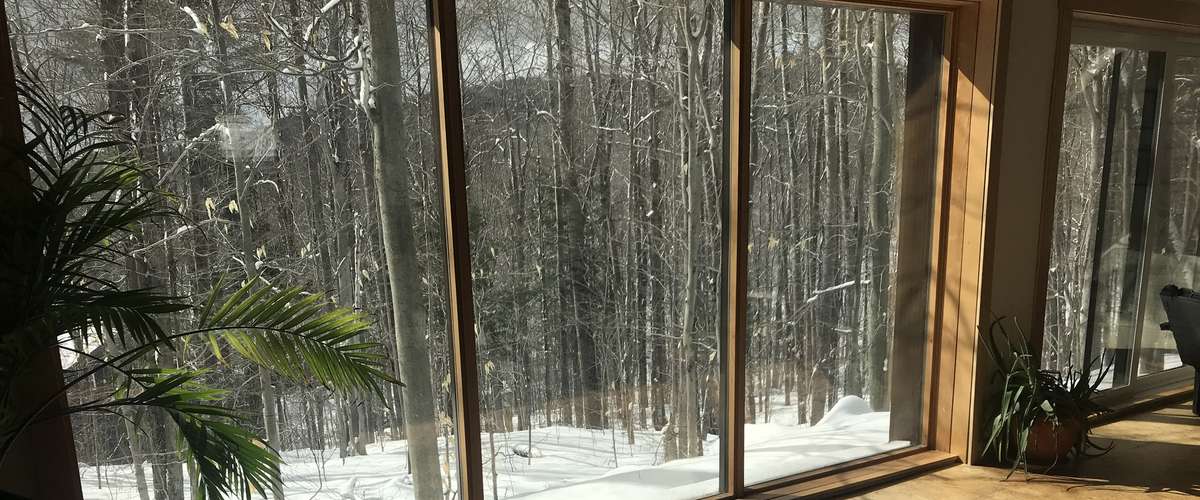






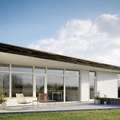











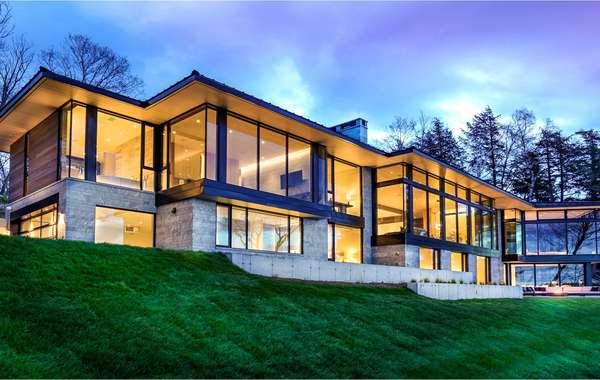
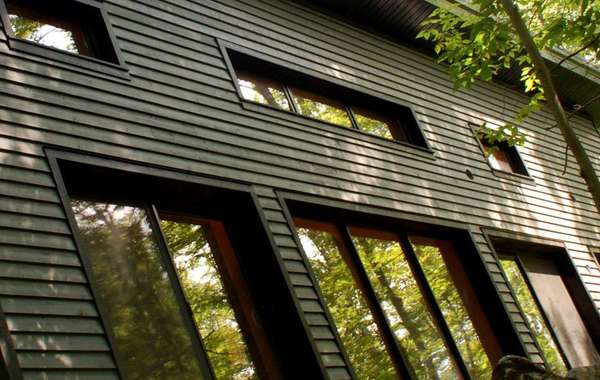
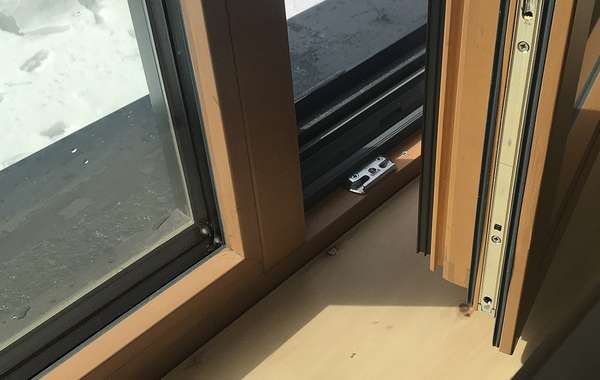
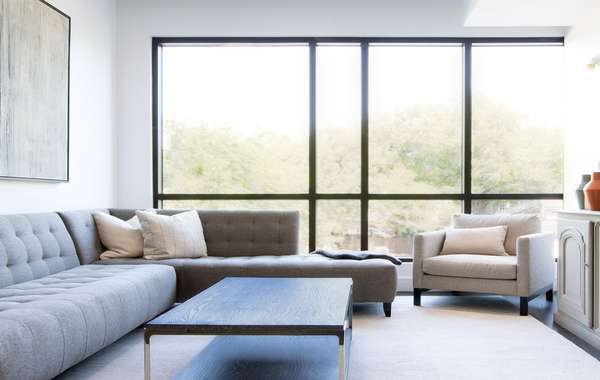
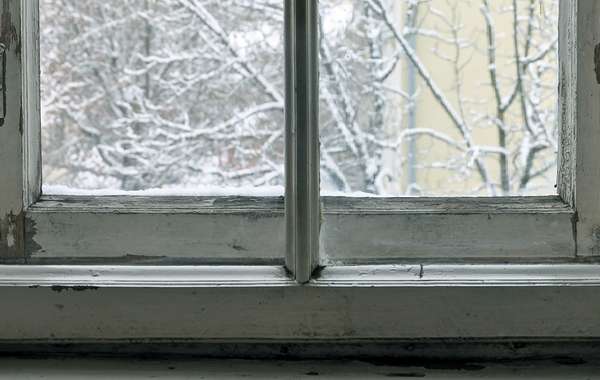


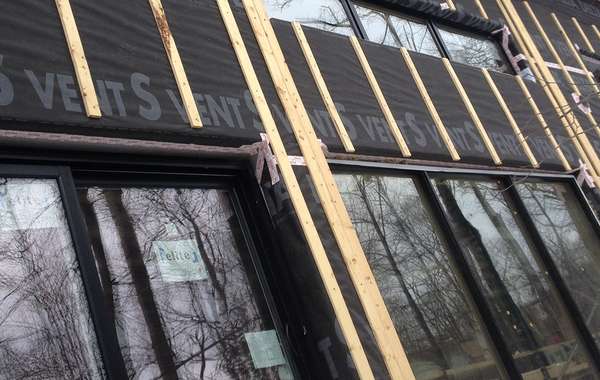
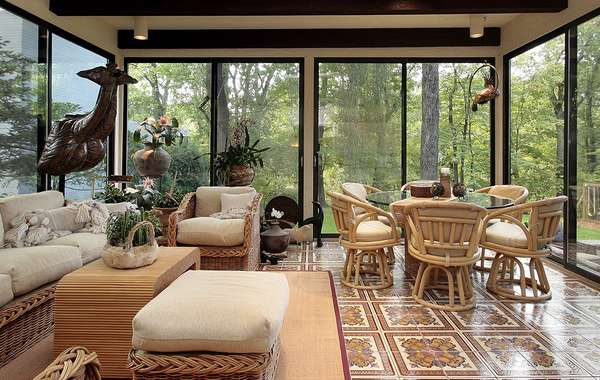

Comments (0)
Sign Up to Comment